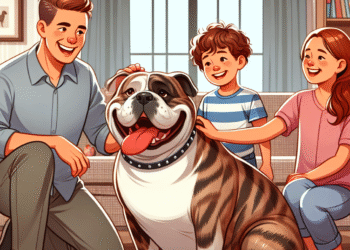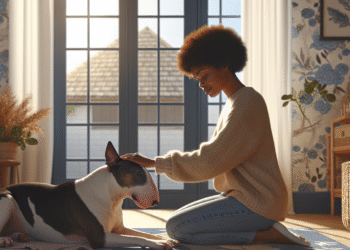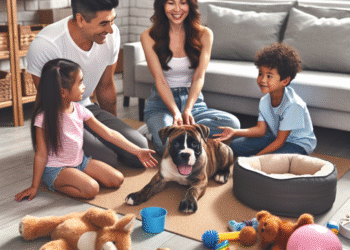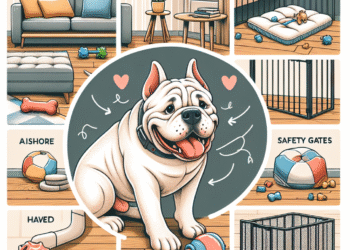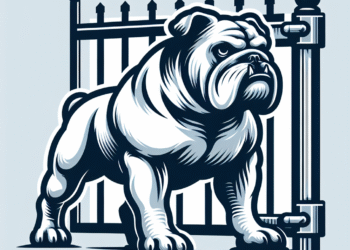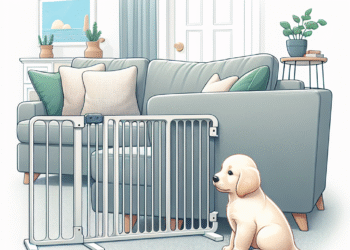Bringing a rescue pit bull or bully breed into your home can be one of the most rewarding experiences. However, many of these dogs come from difficult backgrounds and may carry emotional scars, leading to fear and anxiety in their new environments. Understanding how to help your rescue bully transition from fear to comfort is crucial for their well-being and your bonding. Here’s a detailed guide to help your bully thrive.
Understanding the Bully Breed
Bully breeds often face stigma due to their strength and history. However, these dogs are known for their loyalty, intelligence, and affectionate nature. Many rescue bullies have been abandoned or mistreated, which may result in fear-based behaviors, such as cowering, growling, or flinching. Being aware of their past can help you approach them with compassion and understanding.
Creating a Safe Environment
-
Provide a Dedicated Space: Set up a designated area for your bully, filled with comfortable bedding, toys, and water. This space should be quiet and free from disturbances to help your dog feel secure.
-
Use Positive Reinforcement: Encourage good behavior by rewarding your dog with treats and praise. This helps build trust and encourages your bully to associate you with positive experiences.
- Establish Routine: Consistency is key for anxious dogs. Establish a daily routine for feeding, walks, and playtime to help your bully feel secure and understand what to expect.
Building Trust
-
Go Slow: Don’t rush interactions. Let your bully approach you at their own pace. Allow them time to adjust to their new surroundings and understand that they are safe.
-
Body Language Awareness: Pay attention to your dog’s body language. Signs of distress may include a tucked tail, growling, or attempting to hide. If your dog exhibits these behaviors, give them space and time to feel comfortable.
- Engage in Low-Stress Activities: Play gentle games, such as fetch or hide-and-seek, or engage in calming activities like light massage or grooming. These activities can provide comfort and strengthen your bond.
Socialization
-
Gradual Exposure: Help your bully become comfortable with new environments, people, and other animals. Start by introducing them to less intimidating situations before progressing to more challenging ones.
-
Make New Friends: Arrange playdates with well-behaved dogs who are calm and non-threatening. Supervised interactions can help your bully learn appropriate social behavior.
- Enlist Professional Help: If your bully shows extreme fear or aggression, consider working with a professional dog trainer or behaviorist experienced with rescue animals. They can provide tailored strategies to address specific issues.
Addressing Fears and Anxieties
-
Desensitization Techniques: Gradually introduce your bully to the stimuli that cause fear. For example, if your dog is scared of loud noises, play recordings at a low volume while providing treats. Slowly increase the volume as they become more comfortable.
-
Calming Tools: Use calming aids such as anxiety wraps, pheromone diffusers, or calming music. These tools can help create a soothing environment for your bully.
- Consider Veterinary Advice: In cases of severe anxiety, consult your veterinarian. They may recommend anti-anxiety medications or supplements to aid in your dog’s transition.
Patience and Understanding
Transforming a rescue bully from fear to comfort takes time. Each dog is unique and may take longer to adjust than others. Be patient and understanding, and celebrate small victories along the way.
Conclusion
Helping a rescue bully thrive is a journey filled with challenges and rewards. By creating a safe environment, building trust, socializing gently, and addressing fears with compassion, you can help your bully overcome their past and flourish in their new home. Remember, the love and support you provide can make all the difference in their transformation from fear to comfort. With time and effort, your rescue bully can move from the shadows of their past into the light of a happy, fulfilling life.



